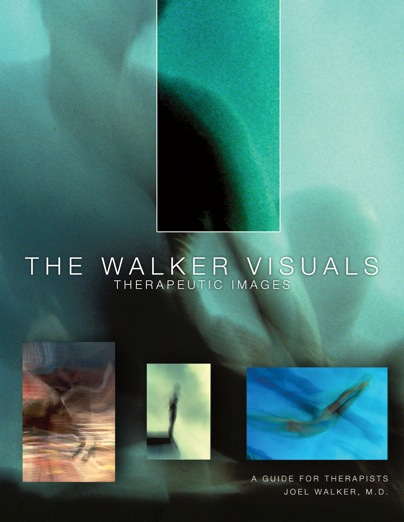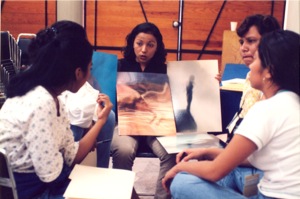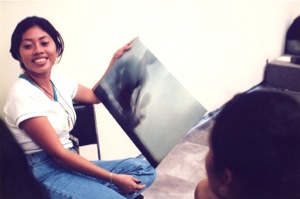{{{

Early in his career as a psychiatrist, Dr. Walker discovered the power of photographs in therapy and pioneered a phototherapy treatment method – the Walker Visuals – now used in clinical practice around the world.


The Walker Visuals are successful with a broad range of clients: the young and the old, individuals and couples, families and groups. They also can be used effectively with clients with all kinds of disorders or problems. Effective use has been demonstrated with, for example, affective disorders, anxiety disorders, marital problems, sexual problems, sexual abuse, identity issues, and adjustment disorders. The Walker Visuals have been successfully used cross-culturally because they are not bound to the English language. The images are presently being used outside North America in Mexico, France, Switzerland, Finland, Germany, Greece, South Africa, Hong Kong, and Korea.
The following is a list of uses for the Walker Visuals. It is not meant to be an exhaustive list. Therapists often discover new uses for the images that are congruent with their personal style of therapy. The Walker Visuals are psychotherapy tools – not therapeutic techniques in themselves. As tools, they require clarity of purpose in their application. A few of the many applications include:
• Helping clients verbalize
• Stimulating affective and cognitive expression
• Exploring sensitive areas (e.g., sexuality, grieving)
• Working through conflict
• Overcoming resistance
• Assisting in formulation
• Facilitating exposure of repressed experiences (e.g., dissociative disorders)
• Identifying significant themes that affect an individual’s thoughts, feelings, or relationships
• Enhancing self-awareness
• Reflecting and monitoring change, growth, and progress
• Assisting therapists to help clients faster and more efficiently
• Stimulating an exchange between individuals (e.g., in marital, family, or group situations)



“I have found the Walker Visuals to be a valuable tool in working through the emotional numbness of trauma victims. The image creates a therapeutic ‘affective edge’ that allows maladaptive cognitive schemata (themes, beliefs, etc.) to safely emerge for processing and reconstruction.
Imagery is a powerful therapeutic modality, but like some therapists, I have experienced difficulty incorporating it into my practice. The Walker Visuals are a set of intervention strategies that have enabled me to tap into this rich client resource. The net result is that therapy can be quicker and more effective – a real advantage in the ever increasing managed mental health care marketplace.”
—John G. Rubel, Ph.D., Clinical Director, Bastrop Correctional Institute, U.S. Department of Justice, Texas

“With the current understanding that trauma is primarily ‘remembered’ as emotional states and bodily sensations with limited verbal representation, the Walker Visuals come as a welcome addition to the therapist’s armamentarium to help patients access on a deeper level the feelings and personal experiences that can keep them stuck in living the present as a mere extension of the past.”
—Bessel A. van der Kolk, M.D., medical director and founder
of the Trauma Center at Justice Resource Institute, Brookline, Massachusetts
of the Trauma Center at Justice Resource Institute, Brookline, Massachusetts



“The inner psychic landscape of any incest survivor is easily accessible through the Walker Visuals. The dreamy photographic images act as a safe holding environment for their repressed memories, making it possible for the therapist and patient to work together in putting the pieces together. The Walker Visuals are extremely valuable tools.”
—Marcia Miller, M.S.W.,
New York, New York
New York, New York
The Walker Visuals is presently being revised. Information on the new 2010 edition will be posted soon.
Advance orders can be placed directly with Dr. Walker by e-mail: joelwalker@rogers.com




